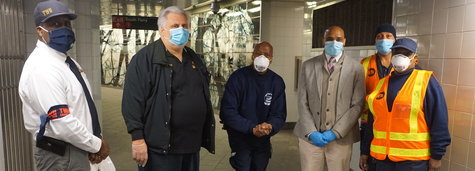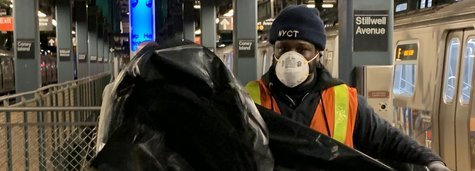City Squeezes Riders as Capital Plan Falls Short
The mayor points to the No. 7 train extension to show the city is already doing its fair share. It’s true the city funded the extension. But it had no choice. The MTA refused to pay the tab because the project doesn’t do anything to address the biggest challenge facing the system – overcrowding and increasing demand. Mayor Bloomberg wanted to spur redevelopment on the West Side with hotels and office towers. So he came up with a funding scheme for the extension featuring fees and taxes paid by developers and property owners in the area.
Riders, of course, aren’t the only ones to benefit from a fully funded capital plan. Station rehabilitations, new buses and new subway cars mean a better work environment. The capital plan, fully funded, also means more work for Local 100 members involved in construction, structural repairs, elevator reconstruction and other plan-funded jobs. It means a growing and stronger union. Advocates have long argued the city’s contribution to the capital plan is far too small. Only mayors have disputed the claim.
Even one de Blasio’s nominees to the MTA board agrees. Veronica Vanterpool is executive director of the Tri-State Transportation Campaign. The group published a piece on its website in September 2014 that included this line: “New York City’s annual contribution to the MTA’s Capital Plan remains a pittance.”
The reality is it’s going to take a heavy lift by both the state and city governments to fully fund the capital plan. But it’s undoubtedly the right thing to do for the working, and riding, men and women of the city. Besides, cops have better things to do than being subway bouncers.













